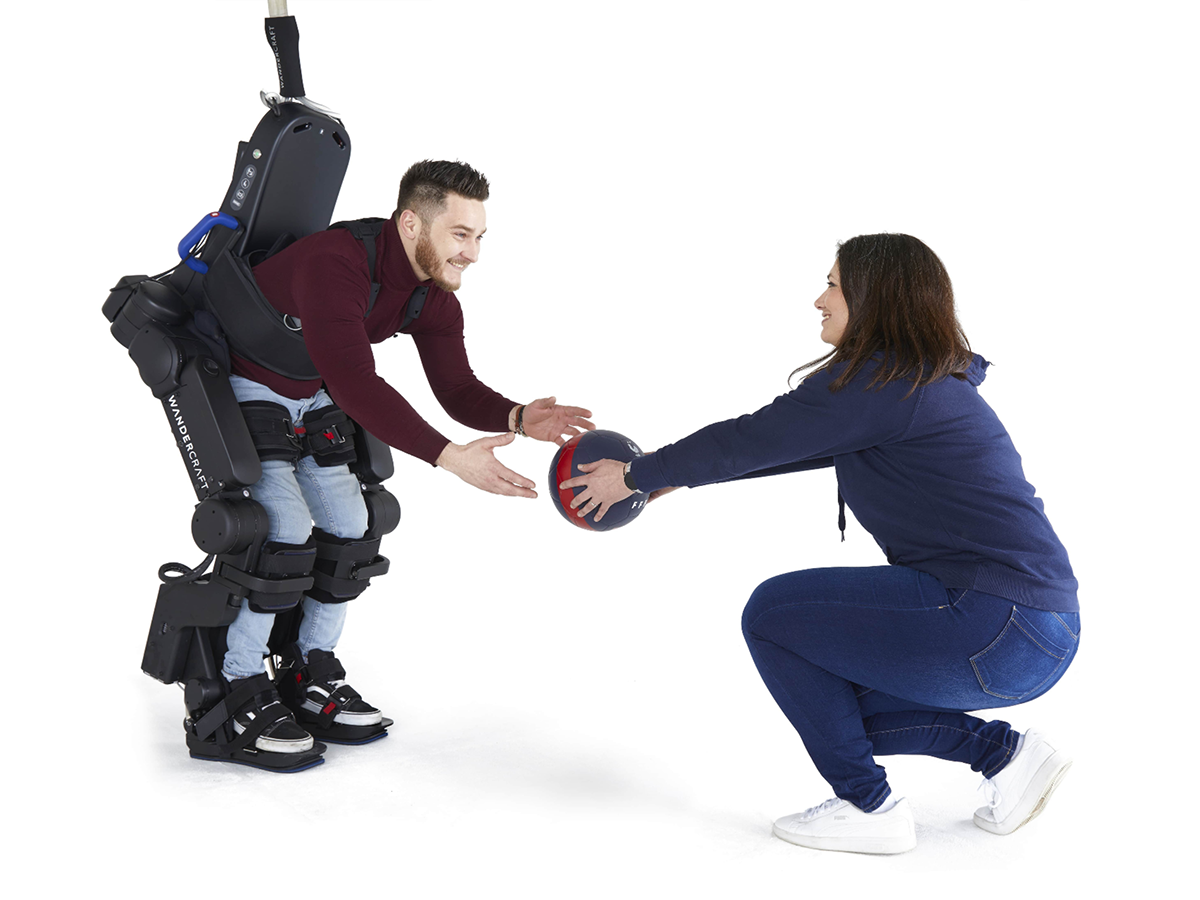Wandercraft tacks on 2nd FDA nod for self-balancing exoskeleton suit
2024-02-14
上市批准

Preview
来源: FierceBiotech
The Atalante X robotic exoskeleton is designed to mimic a natural human gait, thanks to its built-in self-balancing technology and powered ankle mechanism.
Only about a year after earning its first FDA nod, Wandercraft’s Atalante X robotic exoskeleton has broadened that clearance.
The initial clearance came at the end of 2022 and made the Atalante X suit available in the U.S. to help restore mobility in people who’d experienced a stroke. The latest FDA OK, which Wandercraft announced Tuesday, expands its use to those with spinal cord injuries between the T5 and L5 vertebrae.
The Atalante X device is currently confined to use within rehabilitation institutions and clinical research centers, though Wandercraft recently debuted another version of its self-balancing robotic exoskeleton technology that’s designed for everyday, at-home use, as an alternative to a wheelchair.
“In addition to the successful unveiling of our Personal Exoskeleton in December, Wandercraft has achieved several key milestones over the last year, and we have no plans of slowing down,” CEO Matthieu Masselin said in the FDA clearance announcement this week. “What was once a dream of helping people walk again is becoming a reality as we relentlessly pursue our mission of supporting people with walking impairments through every step of their mobility journey.”
The Atalante X is designed to mimic a natural human gait, thanks to its built-in self-balancing technology and powered ankle mechanism.
According to Wandercraft, those features may enable patients who have been left with limited mobility after a stroke or spinal cord injury to resume hands-free walking. Many are able to stand up and begin walking in the exoskeleton during their first session with the device, per the company, and it also allows them to take steps in multiple directions and stay standing in upright, weight-bearing positions.
The FDA clearance came after Wandercraft submitted a combination of real-world and clinical trial data demonstrating the Atalante X suit’s performance in more than 500 patients with T5-L5 spinal cord injuries.
In one such study—the results of which were published in August 2021—a total of 11 patients with T5-T12 spinal cord injuries underwent 12 one-hour training sessions with the suit over the course of three weeks. By the last session, seven of the participants were able to successfully complete a 10-meter walk test without human assistance, while the other four still required some human help. In addition, all of the participants were able to stand up, sit down, balance and turn with the exoskeleton’s help, and five of them reported subjective improvements in their bowel function.
Wandercraft’s technology isn’t the only exoskeleton suit to catch the FDA’s eye. Just last year, for example, ReWalk Robotics scored its own expanded clearance from the agency.
According to the company, that new nod made its eponymous exoskeletons the first authorized for use in surmounting stairs and curbs, compared to other suits that can only be used on flat ground.
更多内容,请访问原始网站
文中所述内容并不反映新药情报库及其所属公司任何意见及观点,如有版权侵扰或错误之处,请及时联系我们,我们会在24小时内配合处理。
靶点
-药物
-热门报告
立即开始免费试用!
智慧芽新药情报库是智慧芽专为生命科学人士构建的基于AI的创新药情报平台,助您全方位提升您的研发与决策效率。
立即开始数据试用!
智慧芽新药库数据也通过智慧芽数据服务平台,以API或者数据包形式对外开放,助您更加充分利用智慧芽新药情报信息。




